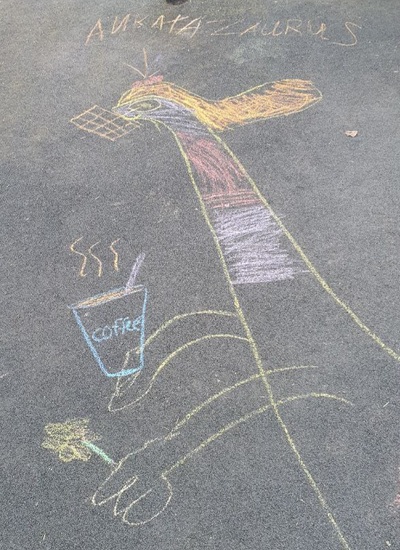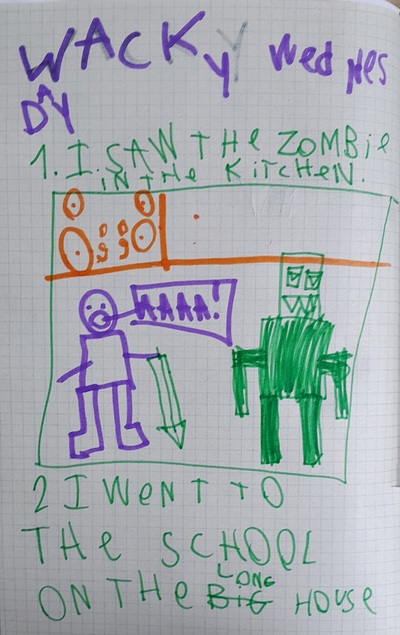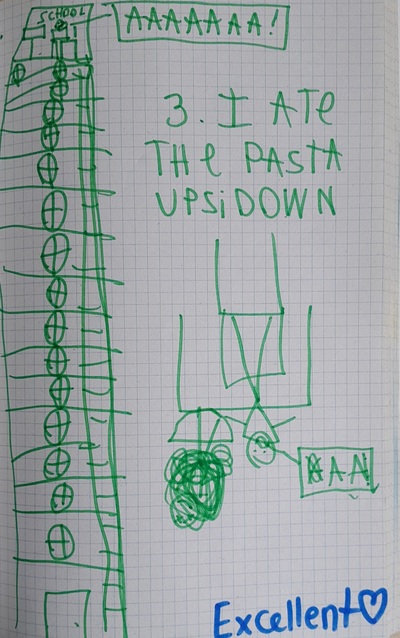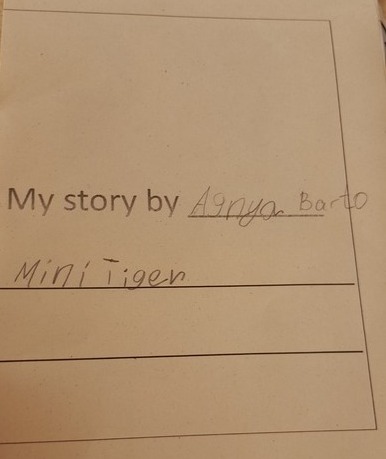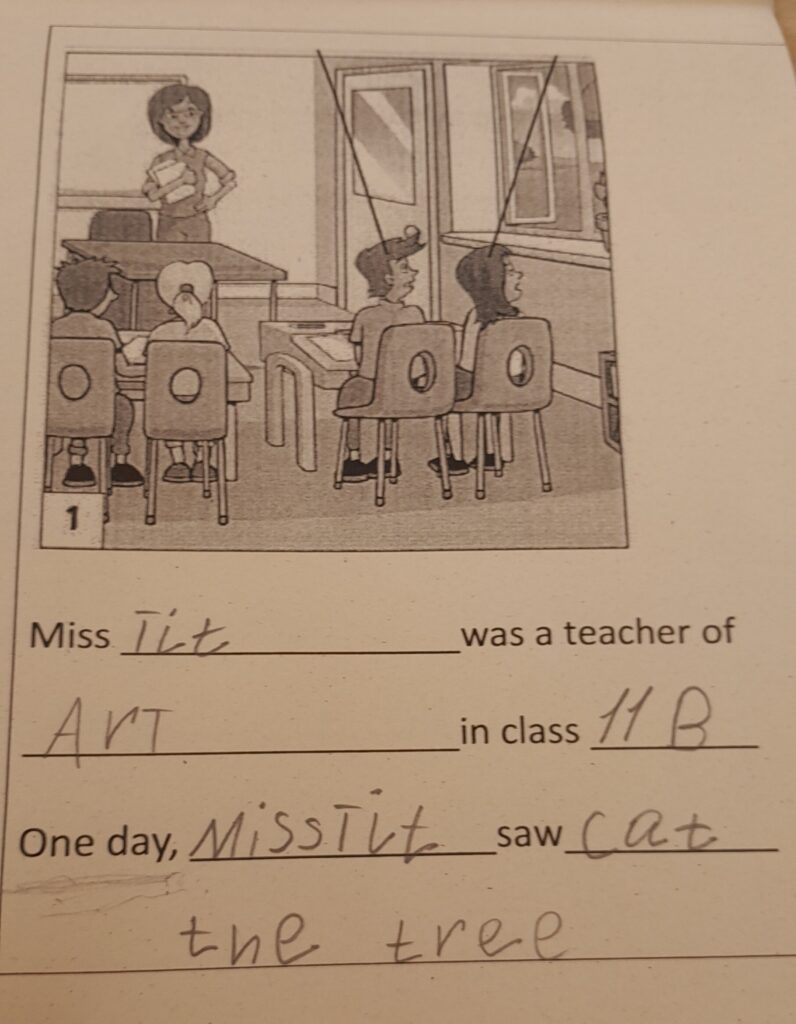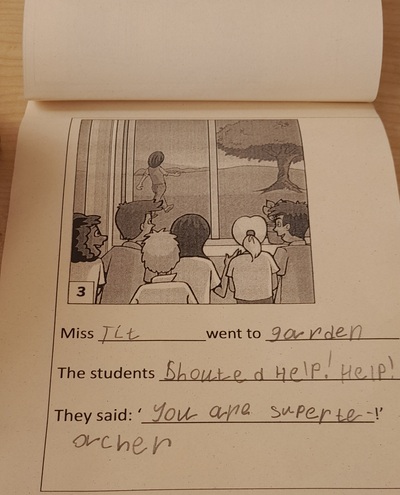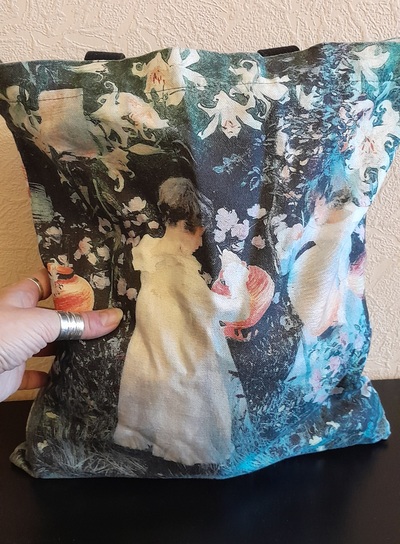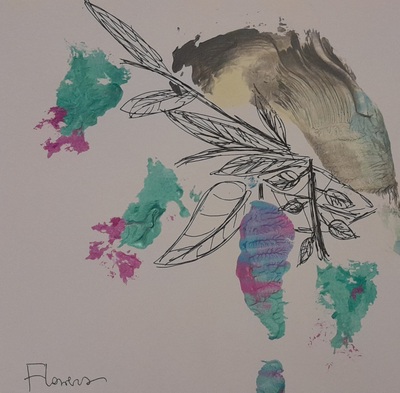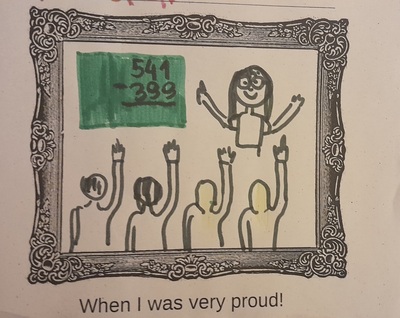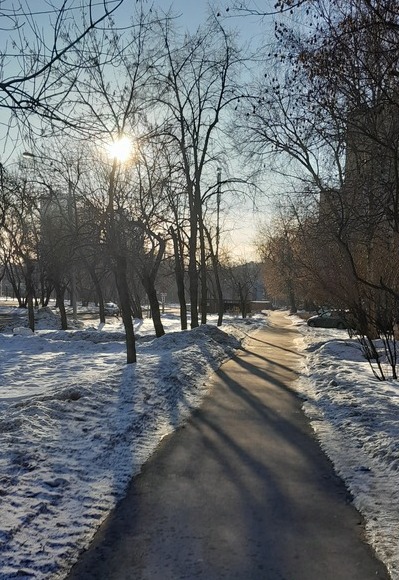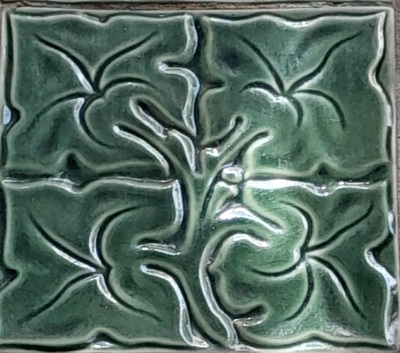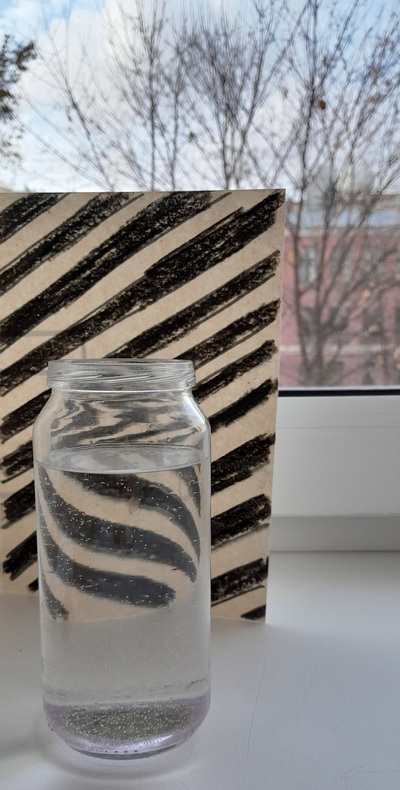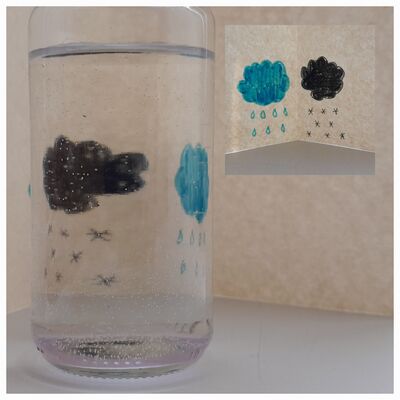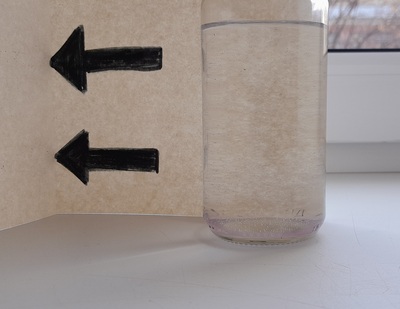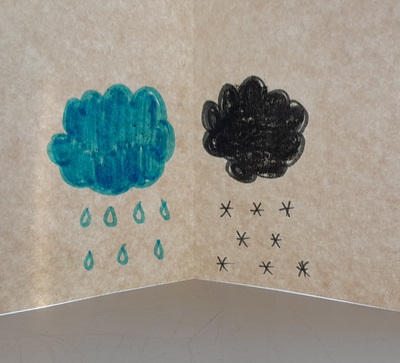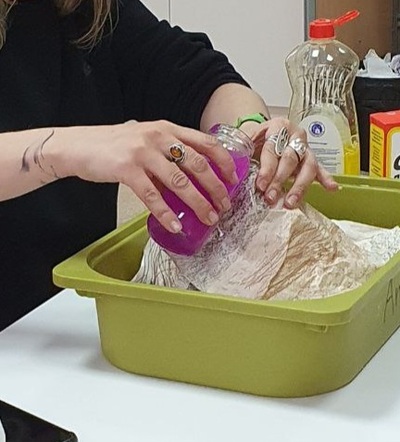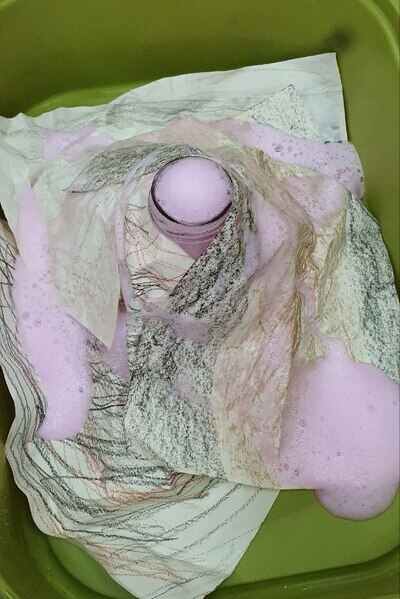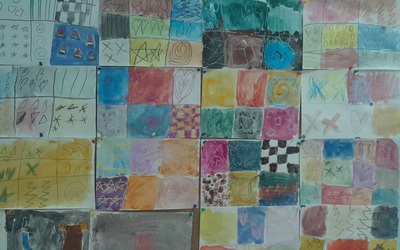
Last Thursday
Five lessons on a regular Thursday, English, a double Maths with 1B and a double ESL with 1A, a nice, short day, with the cherry on the cake being the fact that for me it is the last day of the week. Rounding up, in a way.
What did I do at work last Thursday? Here is the list:
- supported a student and helped him deal with distress related to his inability to deal with a task in a subject that he normally excells at. He got upset, abandoned the task but then he calmed down and he decided to catch up and to finish the task, sacrificing his break and a part of the following lesson but he did complete the task. I told him I was proud of him for not giving up.
- went through another refusal to deal with the task with another student. We talked about students making decisions and teachers respecting those decisions but also about the fact that if it refers to a test, the teacher will have to grade the test as it is. The student thought about it and decided to take part after all.
- listened to two students who had a disagreement and helped to deal with anger and tears
- created opportunities for the students to develop their social skills by sharing resources, waiting for their turn to receive them and to collect them and to learn how to respect the other students’ work, everyone’s right to work in silence and in peace
- gave the students an opportunity to express themselves through art (see the photo above) and to be proud of their work
- created opportunities to develop cognitive skills and to see the world through shapes and patterns
- help to learn to deal with failure during the artistic activity by showing how to solve problems with water, paints, splashes and other artistic disasters
- cheered on the growth and developement by listening to at least four stories about the milk teeth falling out, shaking, getting lost and found
- took part in rejoicing the fact that the holidays at the dacha, at the seaside and at gran’s are coming
- welcomed a child coming back after a long absence (The best entry ever, by the way. No hellos but instead ‘I think I have lost my shoes’) and heard all the stories from the past two weeks.
- cheered, sympathised and laughed at everything that three Pikachus did over the previous 24 hours
- gave a chance for the students to lead the lesson
- witnessed two serious meltdowns that were handled by the children’s personal tutors.
- taken care of the fast finishers and started a new procedure of ‘I Have Done Everything Book’
A bit much, no? But wait, I haven’t told you yet ANYTHING about the actual learning that we did that day. English and ESL: it was shapes and patterns, in Maths – division using the bus stop method. And it was not even any special day, just a regular Thursday.
Sigh.
The patchwork did it!
I do sigh a lot, actually. I have no idea what it looks like to the outsiders and the passers-by, but, indeed, it is one of the easiest way of letting at least some of the pressure out of the system. Thursday was no different, I was sighing a lot, especially because of the patchwork.
The kids had left already, the classroom was back to normal, I was just organising the finished pictures on the window sill to dry them in the sun and talking to my T.A. I looked at the pictures, the patterns wonderfully chosen, and the colours to match, the paintings looking just amazing separately and together, as a set, too. I thought that they were beautiful and that they are going to make a beautiful photograph and that I am proud of my kids. And then I realised that nobody, looking at the photograph, here on the blog, on the social media or in the parents’ chat, nobody will be able to tell how much effort went into it, how much drama accompanied it and how much it actually took, this photograph. We will file it under ‘pretty’ (where it does belong!) and we will never talk about the emotional cost of this whole adventure, this whole day.
Absolutely the same can be said about any other handout, activity, test, progress made, painting, lesson and sometimes even a sentence. Guess what, dear reader, I have seen it once and I cannot unsee it!
I started to read.

The emotional burden of the everday teacher’s life
It turns out that teachers are the professional group among the lowest scorers as regards health and well-being (studies by Johnson et al.). We are in good company, of course, together with ambulance workers, social services, customer services and prison and police officers.
On the one hand, there is a tendency to highlight the levels of stress related to the number of years of experience, drawing attention to the fact that newly qualified teachers are at an especially high risk of falling prey to burnout (Linqvist et al.) which is easy to understand as we all, including the human behind the words here, remember the dread and the stress that came together with taking the first step in a completely uncharted territory of the school on our first official contract.
However, according to the study among the Lithuanian teachers, both primary and other specialists, the levels of stress and the issues with mental or physical health were not related to the years of experiences, the location of the school, the marital status or the length of employment at one school. Still, despite a relatively high motivation to work (‘enthusiasm was above average’) and the low levels of indolence, every third teacher ‘showed signs of of high psychological distress’ and 12% were assessed as being at risk of depression (Emeljanovas et al.).
The reasons? Well, there are many (Stefanou et al.) But, to be honest, I would like to leave all of them behind, apart from one. Away goes the personal well-being and health, motivation and classroom effectiveness. Off the list come also social behaviour, learning and performance or the particular school and how it is functioning. Or the students’ motivation and well-being. In the same vein, those ‘rapid social and technological changes and constant monitoring of society’ (Emeljanovas et al) or the parents’ and students’ expectations which have changed in the 21st century are of no interest to me at the moment.
Not because they are not important, quite the contrary. It is all very interesting and very relevant but there almost seems to be too many factors which have an impact and which the teachers are affected by on daily basis. The number and the volume of the issues might lead to a realisation that it is a hopeless task because, indeed, how can you deal simultaneously with all the requirements of the everyday teaching reality and with the 21st century outside of your window? I won’t.
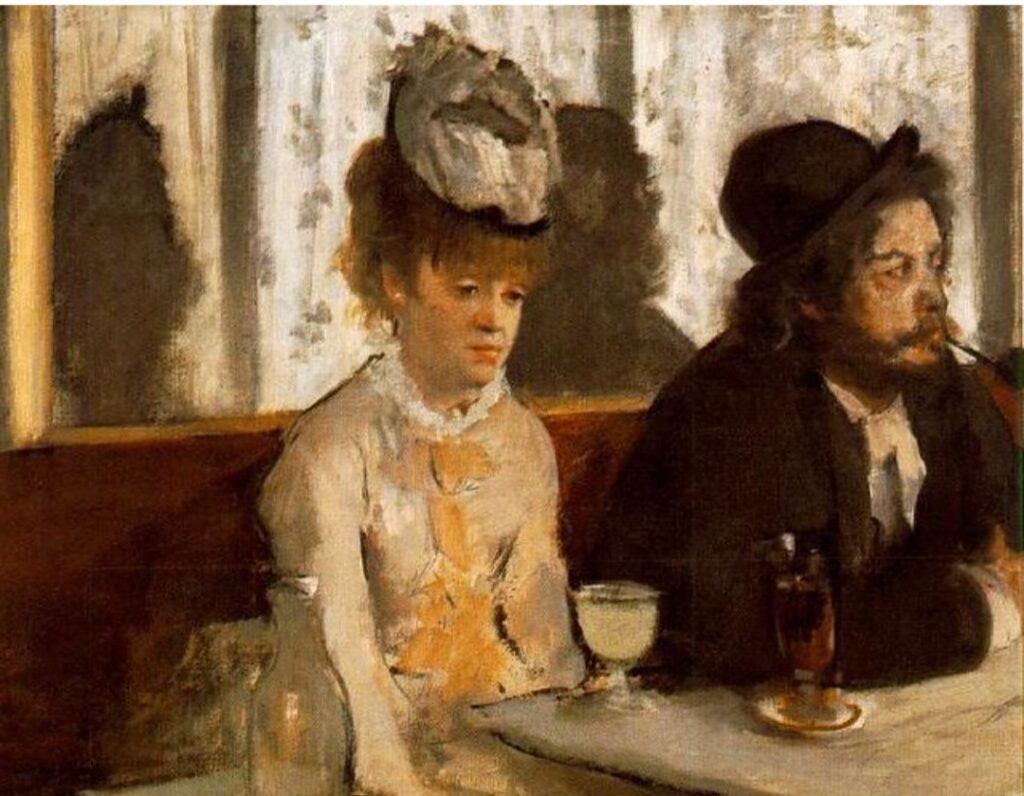
The lucky ones?
Because, let’s imagine a couple of teachers that are just ‘lucky’, for the lack of a better word. They work in a private institution so their working conditions are better than average. They are experienced so they have already developed an immunity towards the pressure from the system, the regular assessment and the need to develop professionally. Over the years, they have also learnt how to work with paretns and to manage the children in class. They work in a small school, with the helpful admin staff and the kids are in year 1 so there is not so much checking, testing and reporting, although there is some. What is more, these teachers, they teach with and out of passion. They even like their students. All 21 one of them. The children are just a group of kids. They are all amazing, no one suffers from any neglect at home, some of them have some special education needs but it is not anything that cannot be dealt with. These teachers are lucky, the conditions are almost ideal.
Does it mean, then, that these teachers are not affected by the emotional challenges of the everyday life? Of course not! At the end of a Thursday, like the one described above, they look like some of those characters featured in the illustrations I chose for this post. Sitting in the teachers’ room, recovering, as if, gathering the energy to get up and to put the jacket on and to go home. On some days, walking home, thinking of all the other potential professions out there, of becoming a plumber, a librarian, a chef or a pensioner…
That is the reality and, as they say, ‘there is tired and there is teacher tired‘. It is not sadness, it is not depression, it is not burnout, it is not disillusionment, it is not apathy. Only the unbelievable, unmeasurable, undescribable, infinite exhaustion. And not because you have spent the day ploughing the field or hand-digging foundations for a house but because you have spent 5 or 7 academic hours educating, surrounded by tonnes of emotions coming at you from 21 different sources simultaneously and trying to deal with all of them.
Please tell me that there is a way out!
Yes, there is and no, there isn’t.
Children are and will be children and dreaming of an ideal lesson, 100% of the time, day in, day out, with everyone listening, following instructions and not getting distracted, not getting into trouble with classmates, and, generally, being ‘little angels’ (or the students that we know from our teachers’ books), that is simply not going to happen. You plan your lesson and then you go into the classroom and life happens.
The good thing is that we learn how to deal with disasters (and ‘disasters’) and with our emotional response to them. The good thing is that, eventually, we get a bit better at it. You can read about it in an earlier post here: The end of the world or Suriviving bad lessons with YL.
The good thing is also that we have lots and lots to look back on, to do the maths and to label the day as ‘good’ and that, frequently, we come home with a joyful ‘Guess what happened at school?’. There are the patchworks that we created and the photos of them that we will share and we will be happy and proud of. And maybe it is the lingering memory of these patchworks that will make us get up the following day and set off to school, one more time, erasing the not-so-good memories of the previous day, in order to try again, to make the children know Math, English or Science and to help them grow and get better and get confident.
The joys and challenges of teaching kids, you know. Which, by the way, and hilariously enough, was the title of one of the first training sessions that I have ever given. The joys and challenges. The patchwork.
Bibliography
Emeljanovas, A., Sabaliauskas, S., Mežienė, B., Istomina, N. (2023), The relationships between teachers’ emotional health and stress coping, Frontiers in Psychology, Vol. 14, https://doi.org/10.3389/fpsyg.2023.1276431
Johnson, S., Cooper, C., Cartwright, S., Donald, I., Taylor, P. & Millet, C. (2005), The experience of work‐related stress across occupation, Journal of Managerial Psychology, Vol. 20 No. 2, pp. 178-187. https://doi.org/10.1108/02683940510579803.
Kariou, A., Koutsimani, P., Montgomery, A. & Lainidi, O. (2021), Emotional Labor and Burnout among Teachers: A Systematic Review, Int. J. Environ. Res. Public Health 2021, 18(23), 12760, https://doi.org/10.3390/ijerph182312760
Lindqvist, H., Weurlander, M., Wernerson, A., & Thornberg, R. (2023). The emotional journey of the beginning teacher: Phases and coping strategies. Research Papers in Education, 38(4), 615–635. https://doi.org/10.1080/02671522.2022.2065518
Stephanou, G. & Oikonomou, A. (2018), Teacher Emotions in Primary and Secondary Education: Effects of Self-Efficacy and Collective-Efficay, and Problem-Solving Appraisal as Moderating Mechanism’, Psychology, 9 (4), https://doi.org/10.4236/psych.2018.94053
Happy teaching!


